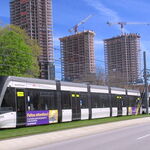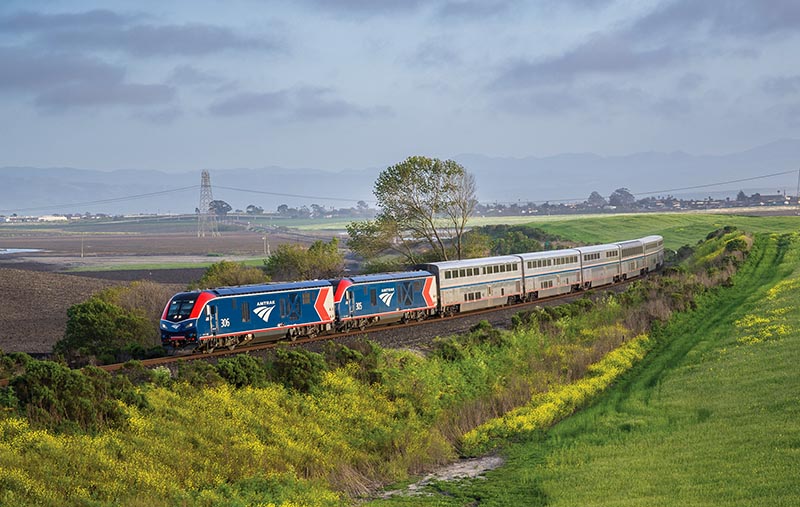drum118
Superstar
Draw some lines from Calgary to Vancouver as well as Edmonton to see what the distance is and that will give you an idea how long the tunnels will be. It will take several decades to build at great cost. Same for other places on the west coast.A 300km Gotthard? ; Gotthard is only 57km! LOL
I assume your're meaning that the distance on the existing trackage is 300km and that a tunnel would shave that considerably?
The Brenner Base Tunnel at 64KM will be a longer tunnel than the Gotthard that is currently under construction in Europe today at a cost of $10 Billion Euros.
Building an HSR Line across the prairies will be a lot faster than when the first line was built, but more costly. It needs to be able to handle 350Km up for future technology trains, but at the bottom of my list that needs to be done first.







